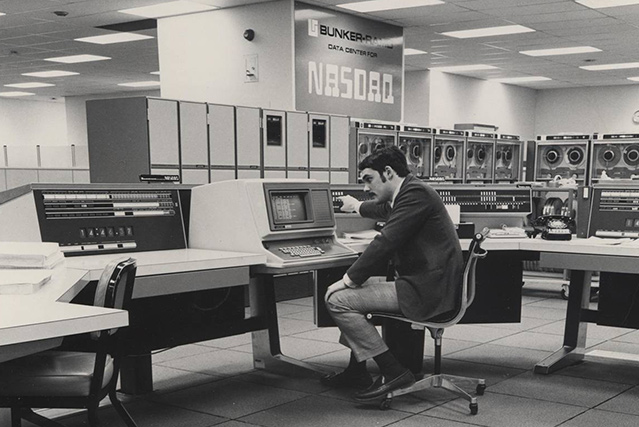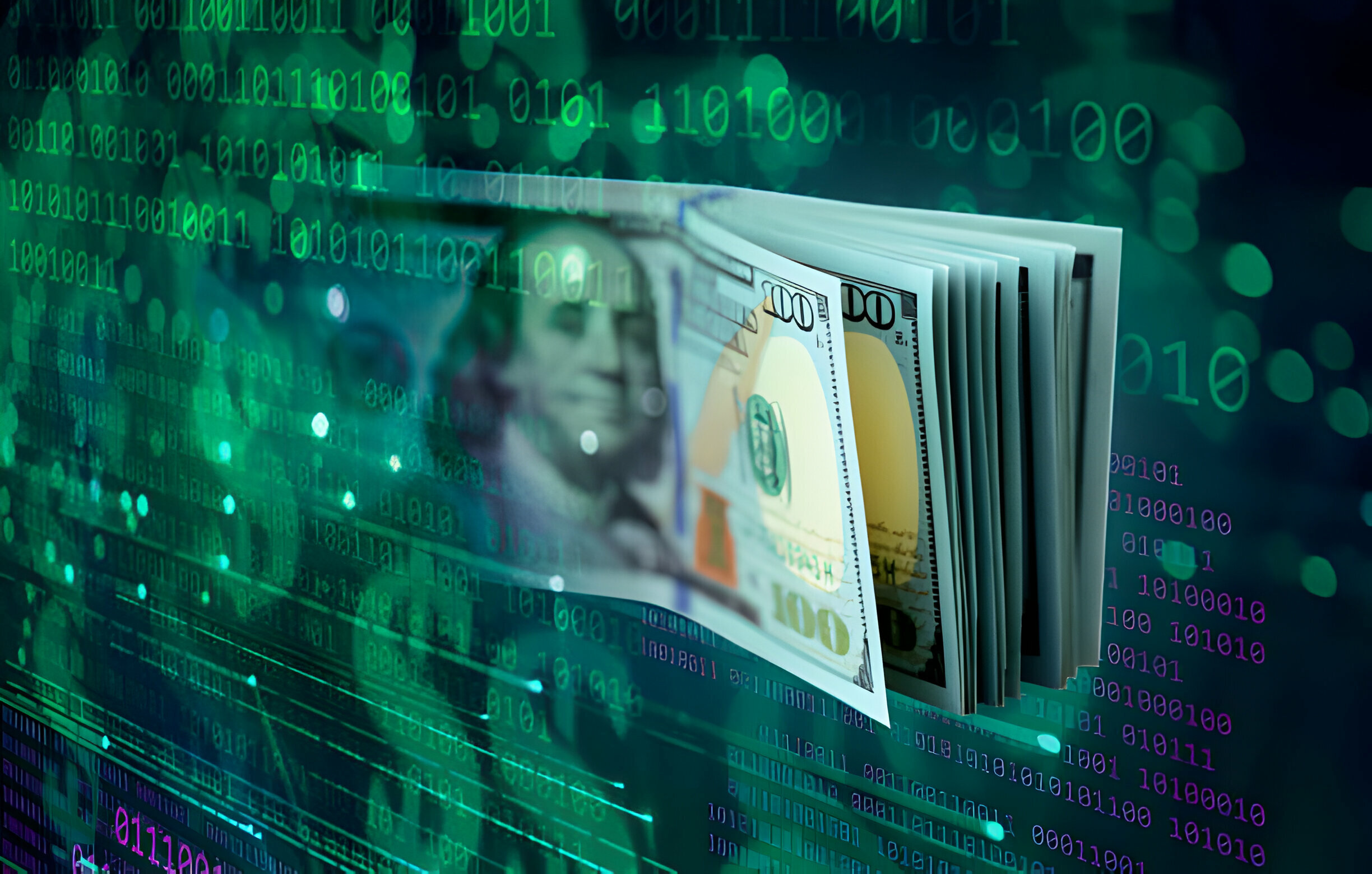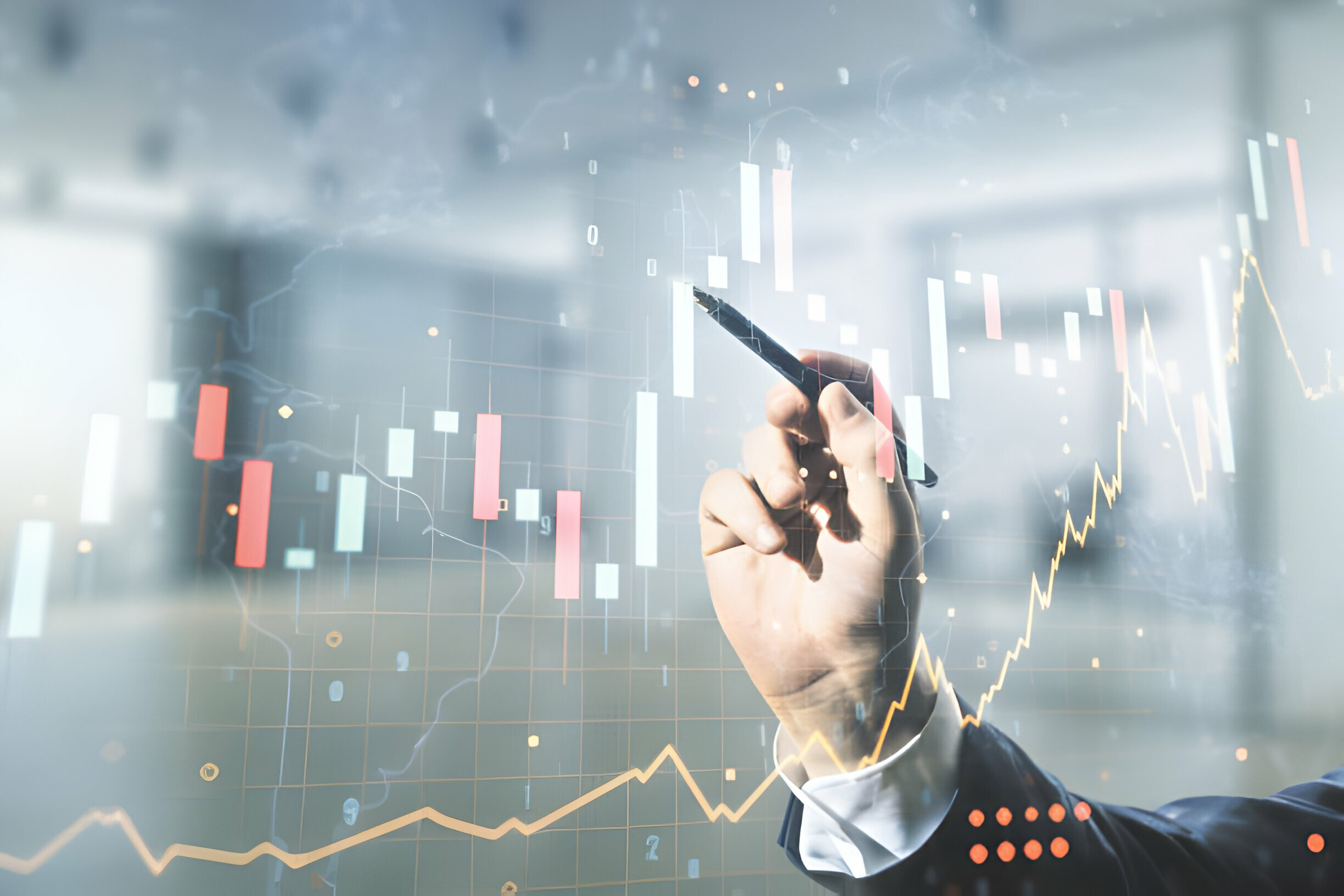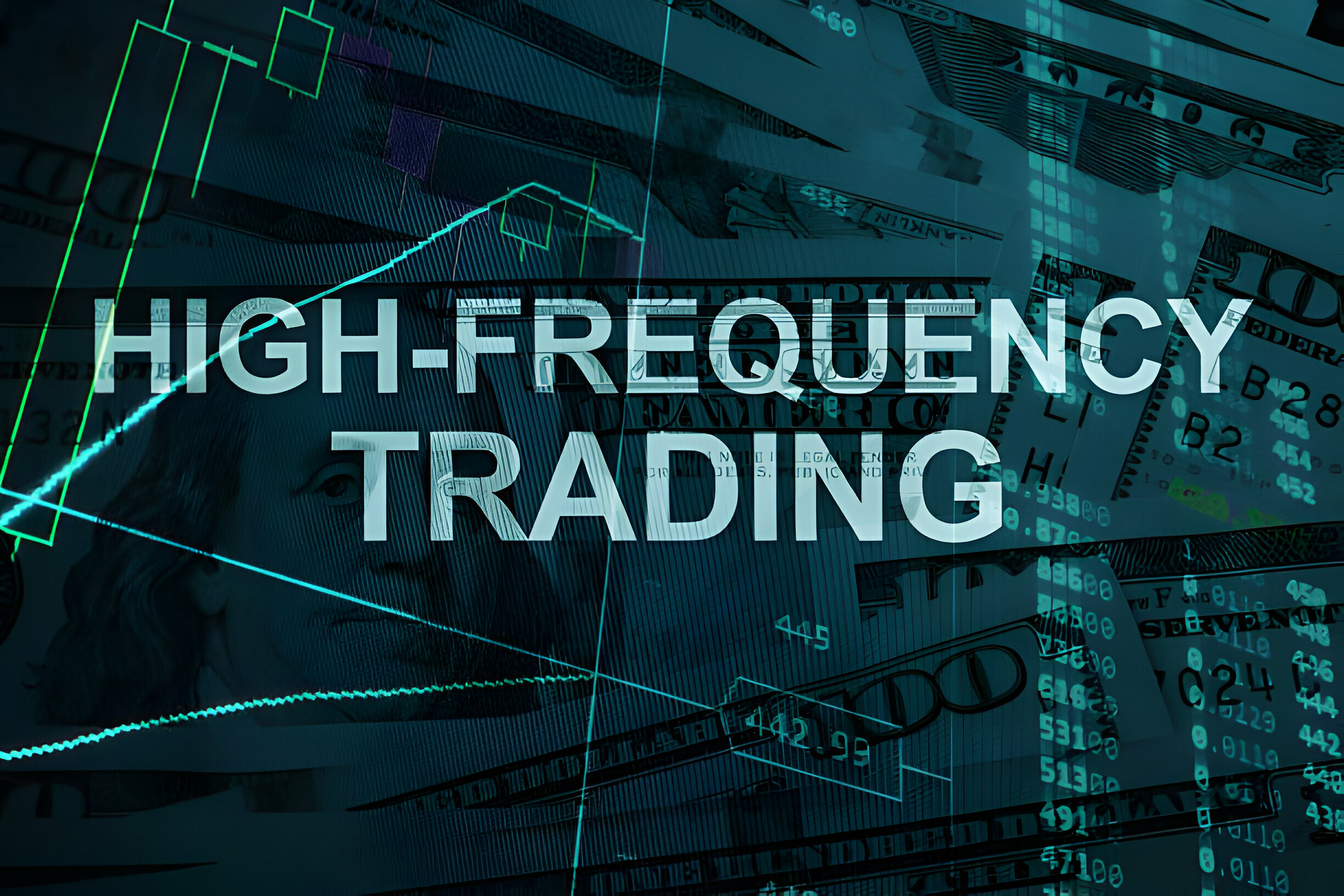History Of Algorithmic
History
Early Computerized Trading (1970s - 1980s)
The roots of algorithmic trading can be traced back to the 1970s when financial institutions started using computers to automate the execution of orders on stock exchanges.
Early algorithms focused on simple tasks like executing large orders over time to avoid impacting market prices.

History
Rise of Electronic Trading (1990s)
The 1990s saw a significant shift toward electronic trading platforms and the development of more sophisticated algorithms.
The introduction of ECNs (Electronic Communication Networks) allowed traders to access real-time market data and execute orders electronically.

History
Algorithmic Trading Firms (2000s)
In the 2000s, algorithmic trading became more prominent with the emergence of specialized algorithmic trading firms like Getco (now part of Virtu Financial) and Citadel.
These firms developed proprietary trading algorithms and invested heavily in technology infrastructure.

History
High-Frequency Trading (HFT) (2000s - Present)
High-frequency trading, a subset of algorithmic trading, involves executing a large number of orders at extremely high speeds.
HFT firms use sophisticated algorithms and co-location services to gain an edge in executing trades milliseconds faster than competitors.

History
Regulatory Scrutiny (2010s - Present)
The rapid growth of algorithmic and high-frequency trading led to concerns about market stability and fairness.
Regulatory authorities worldwide introduced rules and regulations to address these concerns, such as circuit breakers and market access controls.

History
Machine Learning and AI (2010s - Present)
In recent years, machine learning and artificial intelligence have been integrated into algorithmic trading strategies.
These technologies enable algorithms to analyze vast amounts of data and adapt to changing market conditions in real-time.

History
Cryptocurrency Algorithmic Trading (2010s - Present)
Algorithmic trading has extended beyond traditional financial markets to cryptocurrencies, where automated strategies are used to trade digital assets on cryptocurrency exchanges.

History
Retail Algorithmic Trading (2010s - Present)
With advancements in technology and the proliferation of online trading platforms, retail traders and investors now have access to algorithmic trading tools and platforms.

Algorithmic trading continues to evolve, with ongoing developments in AI, machine learning, and big data analytics playing a crucial role in shaping the future of financial markets. However, it also faces ongoing challenges related to regulation, market stability, and ethical considerations.
Gold Strike Trading System
© Copyright 2024
DISCLAIMER: Gold Strike is an Automated Algorithmic Trading System ,
Trading futures involves the risk of loss. Please consider carefully whether futures are appropriate to your financial situation. Only risk capital should be used when trading futures . Investors could lose more than their initial investment. Past results are not necessarily indicative of future results. The risk of loss in trading can be substantial, carefully consider the inherent risks of such an investment in light of your financial condition.
CFTC RULE 4.41 – HYPOTHETICAL OR SIMULATED PERFORMANCE RESULTS HAVE CERTAIN LIMITATIONS. UNLIKE AN ACTUAL PERFORMANCE RECORD, SIMULATED RESULTS DO NOT REPRESENT ACTUAL TRADING. ALSO, SINCE THE TRADES HAVE NOT BEEN EXECUTED, THE RESULTS MAY HAVE UNDER-OR-OVER COMPENSATED FOR THE IMPACT, IF ANY, OF CERTAIN MARKET FACTORS, SUCH AS LACK OF LIQUIDITY. SIMULATED TRADING PROGRAMS IN GENERAL ARE ALSO SUBJECT TO THE FACT THAT THEY ARE DESIGNED WITH THE BENEFIT OF HINDSIGHT. NO REPRESENTATION IS BEING MADE THAT ANY ACCOUNT WILL OR IS LIKELY TO ACHIEVE PROFIT OR LOSSES SIMILAR TO THOSE SHOWN